Optimal Timing for Bathtub Repairs
Acrylic and fiberglass bathtub repairs are most effectively performed during periods of stable environmental conditions. Optimal timing depends on factors such as humidity, temperature, and usage patterns. Repair work conducted during ideal conditions ensures better adhesion, faster curing, and a longer-lasting finish.
Perform repairs when indoor humidity is below 50% and temperatures are between 60-80°F to ensure proper curing and adhesion.
Spring and fall often provide the most stable temperatures and humidity levels for repairs, minimizing delays caused by weather fluctuations.
Schedule repairs during periods of low bathroom usage to allow sufficient time for curing without disruptions.
Plan repairs ahead of major events or renovations to ensure adequate drying and curing time.
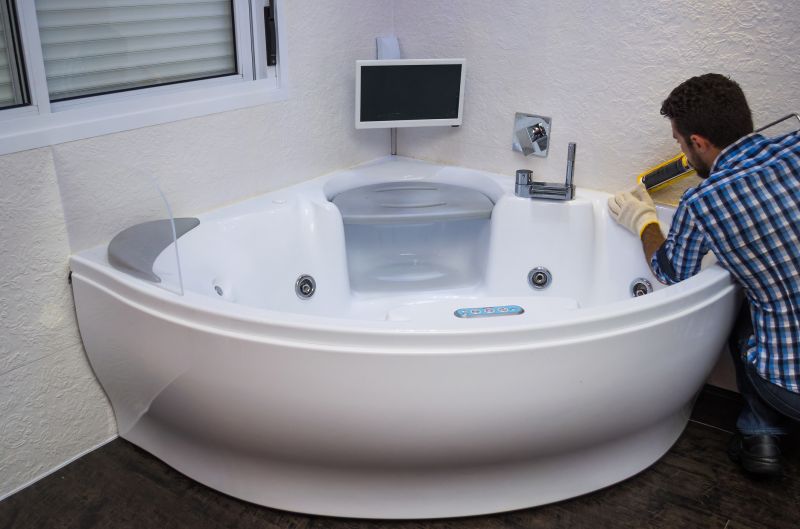
Image depicting the surface preparation for repairs.
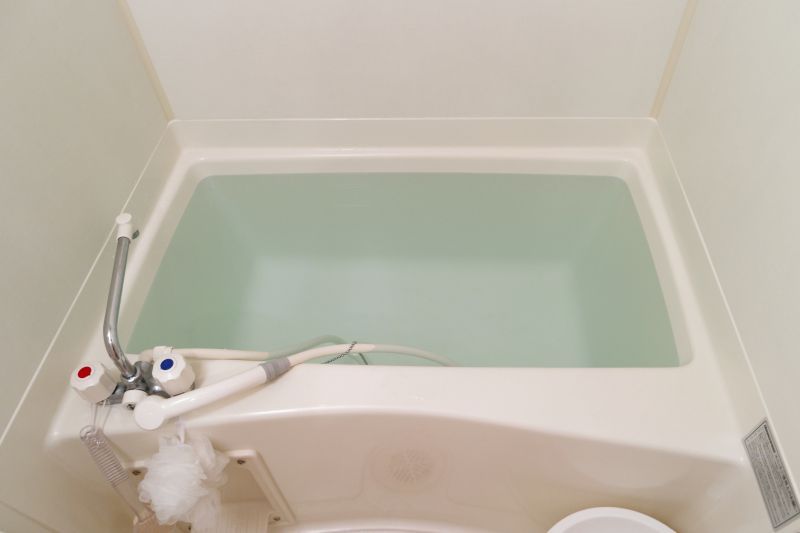
Image showing the application of repair resin.
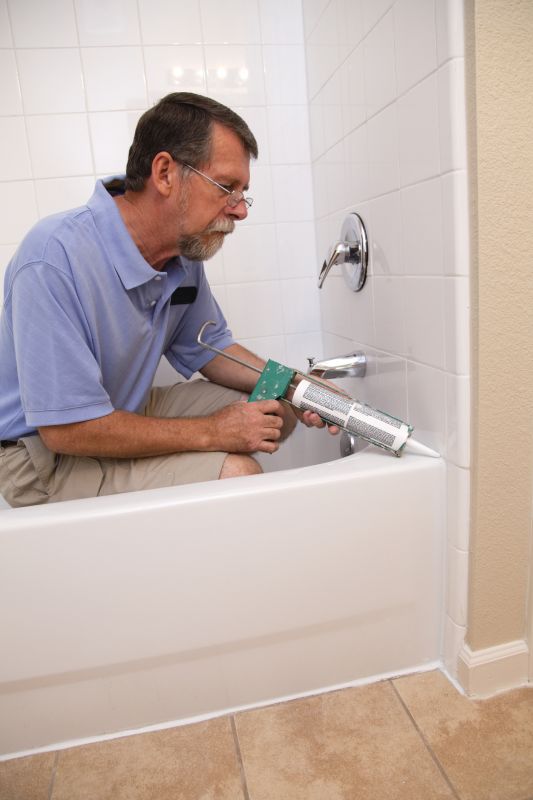
Image of the finished repair surface after curing.
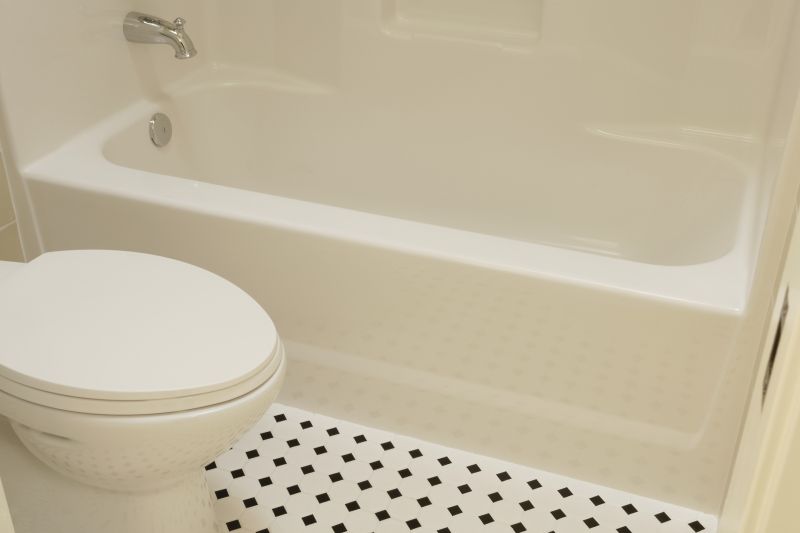
Ways to make Acrylic And Fiberglass Bathtub Repairs work in tight or awkward layouts.
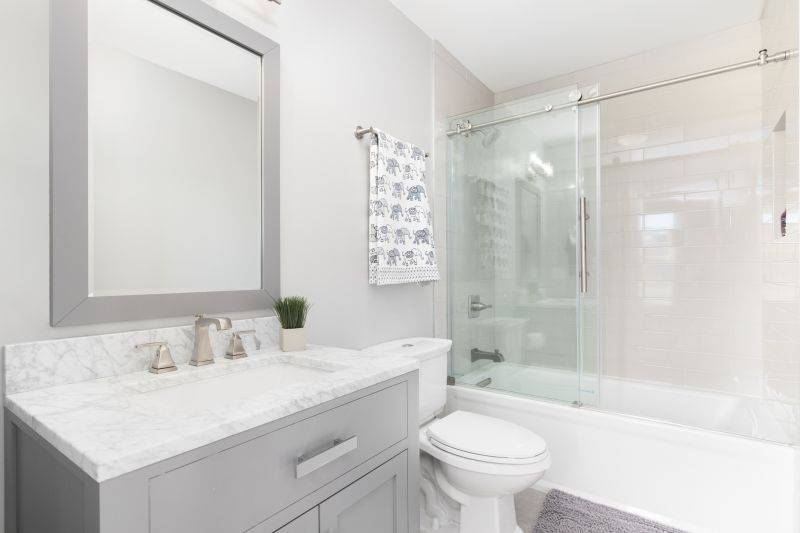
Popular materials for Acrylic And Fiberglass Bathtub Repairs and why they hold up over time.
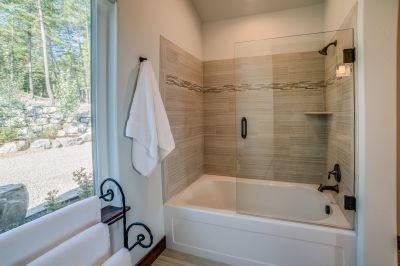
Simple add-ons that improve Acrylic And Fiberglass Bathtub Repairs without blowing the budget.
Acrylic and fiberglass bathtub repairs are essential for maintaining the appearance and functionality of bathroom fixtures. These materials are popular due to their durability, affordability, and ease of installation. However, damages such as cracks, chips, or discoloration can occur over time, necessitating professional repairs to restore the surface. Proper timing ensures that repairs are durable and that the surface remains smooth and resistant to future damage.
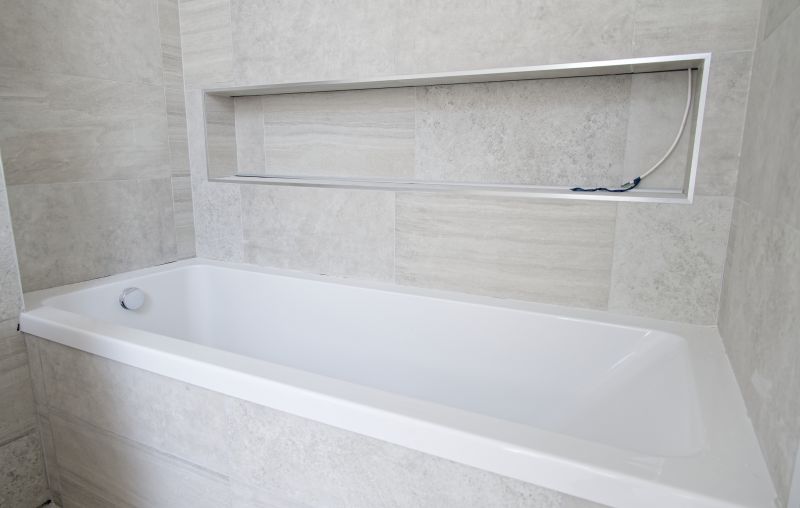
Image illustrating crack filling and surface smoothing.
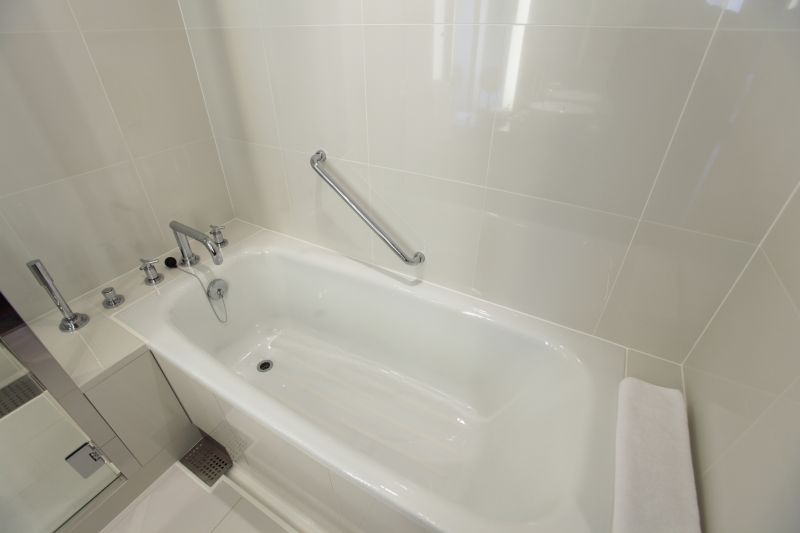
Image showing the filling of chips and scratches.
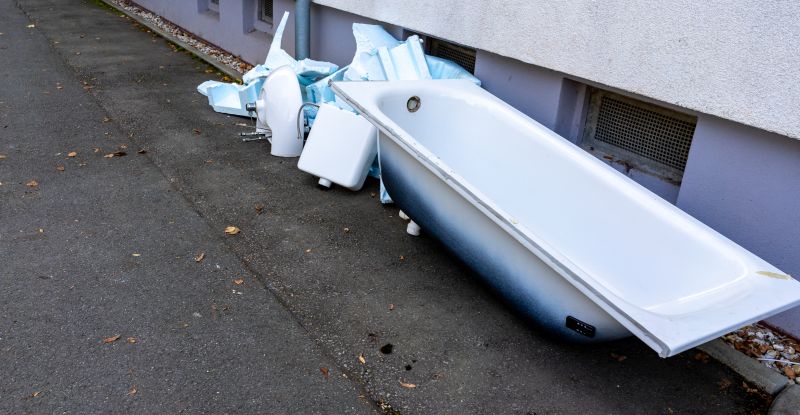
Image of the application of a new coating.
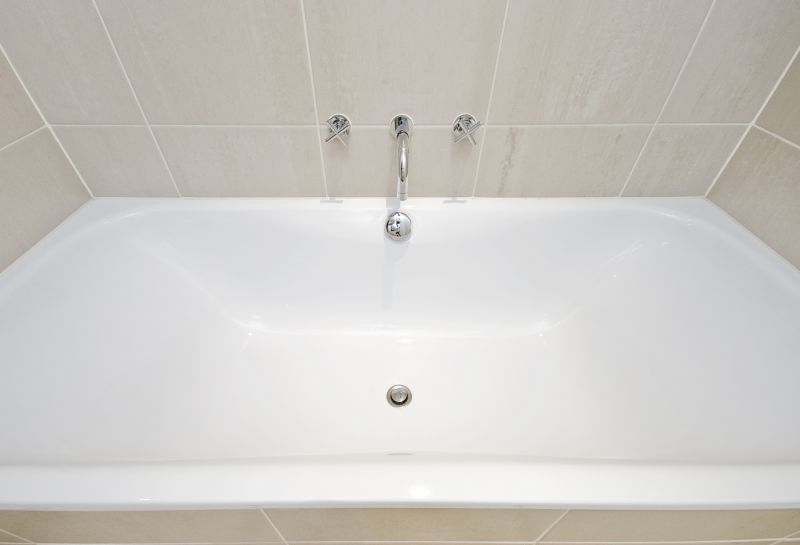
Image of a fully restored bathtub surface.
| Aspect | Recommended Timing |
|---|---|
| Temperature | Between 60-80°F |
| Humidity | Below 50% |
| Season | Spring or fall |
| Usage | Low bathroom activity |
| Weather Conditions | Stable and dry |
| Preparation Time | At least 24 hours before usage |
| Curing Time | Minimum of 24-48 hours |
| Major Renovations | Schedule after completion |
Timely repairs help prevent further damage and extend the lifespan of acrylic and fiberglass bathtubs. Addressing minor issues early reduces the need for extensive replacements and maintains the aesthetic appeal of bathroom fixtures. Proper planning around environmental conditions and usage patterns ensures optimal results and durability of repairs.
Interested in scheduling acrylic and fiberglass bathtub repairs? Filling out the contact form provides an opportunity to discuss specific needs and receive professional guidance on the best timing for repairs.
